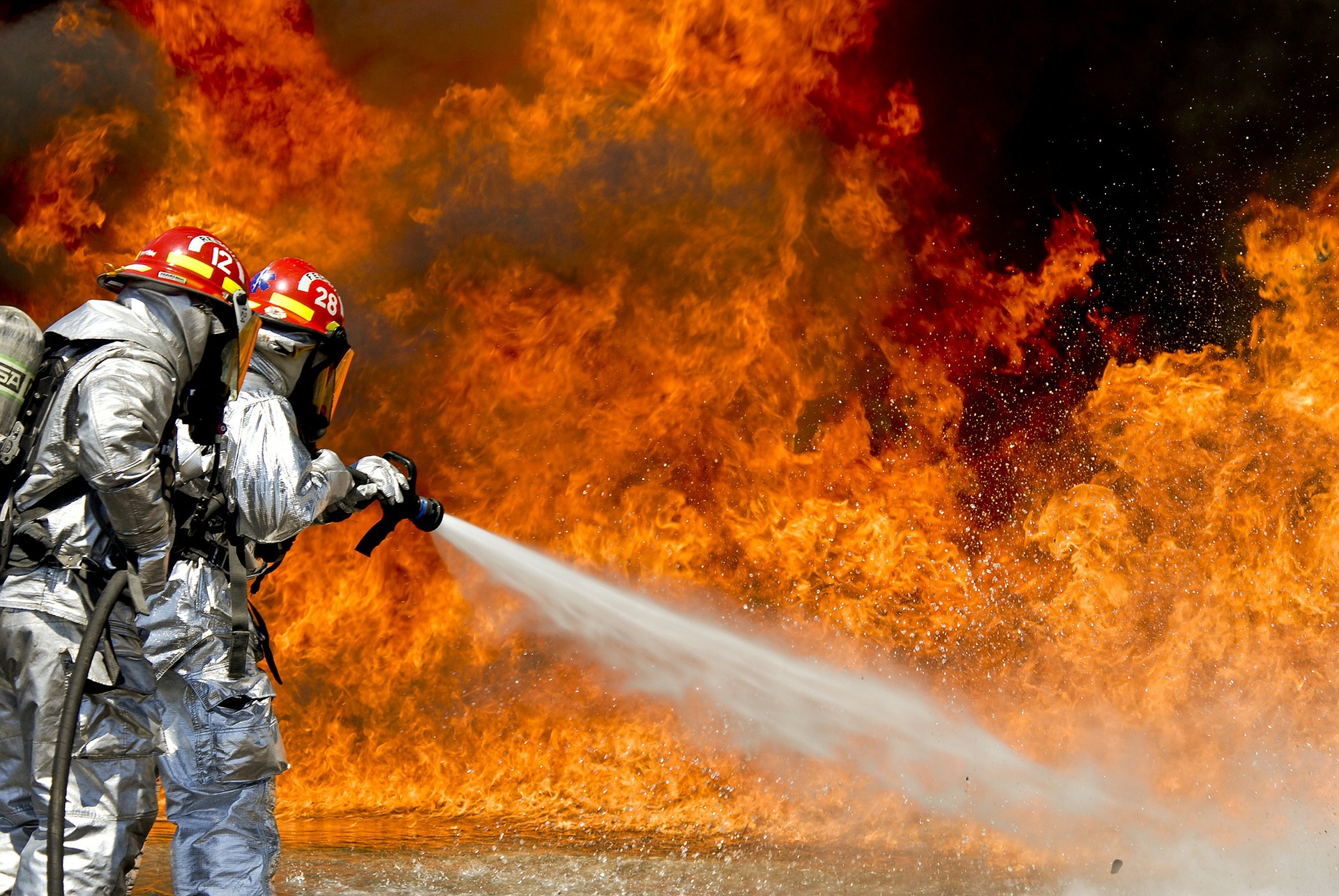
There are few sessions at companies that I run or participate in where there isn’t some form of firefighting that makes it into the discussion. In virtually every company, there are situations where a critical bug is found in the field, the CEO of a customer company escalates to senior management, a critical project is severely behind schedule or something else happens that causes the whole company to go into “fight or flight” mode. Often, a crisis team is formed, members, typically those considered as the most competent, are pulled out of their day job, normal work is suspended for them and everyone supporting the crisis team and the long march towards resolution of the crisis starts. In automotive, these crisis teams are often called “task forces”, but every industry has their own version of it.
What is positive is that the approach works, at least when looking at the crisis itself. By bringing a multi-disciplinary team of experts together, giving them a crystal clear goal and full freedom to execute in any way they want and giving freedom to ignore any standard processes around work, expenses, customer contact and other topics, the team often is amazingly effective at addressing and resolving the issue. As human beings, we hardly ever get a larger dopamine kick then when working brutally hard towards a goal and then achieving it. From a social perspective, the people that resolve the crisis gain status in the social hierarchy, get rewarded and often are publicly celebrated in the organization.
The challenge is that firefighting leads to disastrous consequences for the rest of the organization that often are ignored. There are at least three main challenges that can directly be associated with firefighting, i.e. hero culture, lack of commitment and loss of competitiveness.
The first challenge is that the company often develops a hero culture. The heroes are those that take on a project that is going to hell in a handbasket and they “save the bacon” for the company. The heroes get rewarded and the message that is sent in the company that being a hero is something to aspire to. It easily leads to a culture where the normal, day-to-day work is not taken quite as serious as it should and people are almost waiting for things to be escalated, the task force formed and fun starting. Rather than focusing on the root causes of escalations and making changes to architectures, processes, ways of working and the culture to avoid escalations in the future, the company spirals down a path where escalations, crises and task forces become the normal way of operating. In several situations, I have accused company leaders that they are addicted to the thrill of the crisis.
Second, in organizations where escalations and crisis teams are common, the accountability and commitment of individuals and teams suffers. As the crisis team can demand work from individuals and teams on a moment’s notice, the normal sprint content comes under pressure and it becomes acceptable to fail on delivering the committed sprint content with the excuse that too much time has been consumed by responding to urgent requests and demands from firefighting teams. Although this often starts as an exception for all the right reasons, it rapidly becomes the norm and this easily leads to finger pointing and politicking to protect one’s reputation in the organization. The consequence is that teams no longer dare to depend on promises from other teams. Which then, in turn, leads to a situation where each team, being responsible for some deliverable, seeks to bring everything under its own control. This leads to significant duplication of effort, clone-and-own branching and other behaviors that destroy R&D effectiveness.
Finally, when customers of the organization realize that the company tends to respond strongly to escalations, the power balance between the customers and the company changes in favor of the customers and this will be exploited. Most customers will increasingly rapidly escalate whenever they feel the need, resulting in the company spending an ever larger portion of its R&D resources on customer-specific work. As these resources are not building functionality that benefits all customers, but rather fix the issues of only one customer at a time, the company easily starts to slide down the consulting path. However, the business model in the industry often assumes that R&D efforts can be amortized over multiple, if not many, customers. So, the companies that most readily respond to escalations invest the least in differentiating product functionality. And this naive interpretation of focusing on the customer causes exactly the opposite: starting from the customers that are less willing to escalate, the company will lose its customer base to competitors that manage to avoid ending up in firefighting mode.
Concluding, I am by no means saying that escalations can always be avoided and that there never is a need to take immediate and drastic action. My point is that this tactic should be used sparingly and only in the most extreme of cases. That leaders should recognize the crisis team for getting the company out of a pickle, but at the same time clearly communicate that the intent is to never end up in this place to begin with and take the necessary actions to reduce the need for firefighting situations in the future. Failure to do so will, over time, destroy your company. You have been warned!
To get more insights earlier, sign up for my mailing list at jan@janbosch.com or follow me onjanbosch.com/blog, LinkedIn (linkedin.com/in/janbosch) or Twitter (@JanBosch).
One thought on “Why Firefighting Ruins Your Company”
Comments are closed.